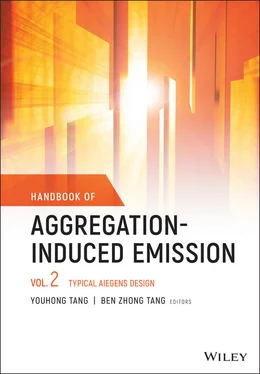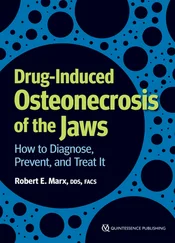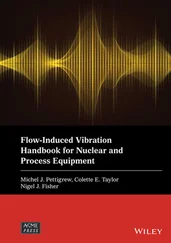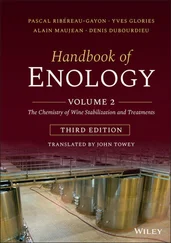In addition to necessary metal ions and nonmetal ions, a number of biologically small molecules are also important components to maintain the normal metabolic activities of complex biological organisms. For instance, pyrophosphate ion (PPi) is an important biologically related inorganic species, which plays an important role in the synthesis of DNA, RNA, and proteins and in life activities such as signal transduction. Studies have shown that the occurrence of arteriosclerosis and osteoarthritis is closely related to abnormal pyrophosphate levels in human body. In recent years, the analysis and detection of pyrophosphate have attracted increasing attention of scientists. Pyrophosphate has a strong coordination with Cu 2+. Most fluorescent detection methods for pyrophosphate are based on this principle. Due to the superior coordination ability of SSB and Cu 2+, SSB–copper(II) complex is therefore very suitable for the design and synthesis of pyrophosphate probes. As Figure 3.14a shows, Tong and coworkers developed a facile PPi fluorescence turn‐on probe 26of copper(II) complex [39]. The AIE fluorescence of 26was completely quenched due to the coordination of Cu 2+. The complexation of PPi with Cu 2+resulted in the release of free 26, which reaggregated in the solution and recovered the orange fluorescence. Figure 3.14b reveals good selectivity of the probes with other common anions. The fluorescent signal enhancement showed excellent linear relationship with a PPi concentration range of 0–15 μM, and the detection limit was obtained as 0.064 μM.

Figure 3.12 (a) Chemical structures of cyanide probes 20and 21. (b) Proposed sensing mechanism of sensor 20for the detection of cyanide. (c) Fluorescence spectra ( λ ex= 347 nm) and photographs of fluorimetric (excitation at 365 nm) responses of 20(50 μM) before and after the addition of various anions (100 equiv.) in water with cetyltrimethylammonium bromide (CTAB).
Source: Panels (b) and (c) are reprinted from Ref. [34] (Copyright 2017 Royal Society of Chemistry).
(d) Chemical structures of fluoride probes 22, 23, and 24. (e) The possible processes and mechanisms involved in the SSB probe with fluorine ions. (f) Linear relationship of 22with the concentration of F −ions. (g) Column diagrams of the fluorescence intensity of 22with tetrabutylammonium (TBA) salts at λ max486 nm; red bars represent the addition of various anions to the blank solution, and black bars represent the subsequent addition of F −(2 equiv.) to those respective solutions ( 22+ A −+ F −).
Source: Reprinted from Ref. [31] (Copyright 2016 Elsevier B.V.).

Figure 3.13 (a) Design rationale of the fluorescence turn‐on detection of UO 2 2+based on AIE characteristics of 25. (b) Fluorescence spectra ( λ ex= 370 nm) of 25(30 mM at pH 10.3) in the presence of different amounts of UO 2 2+. (c) Linear relationship of 25with the addition of different amounts of UO 2 2+.
Source: Adapted with permission from Ref. [32] (Copyright 2014 Elsevier B.V.).
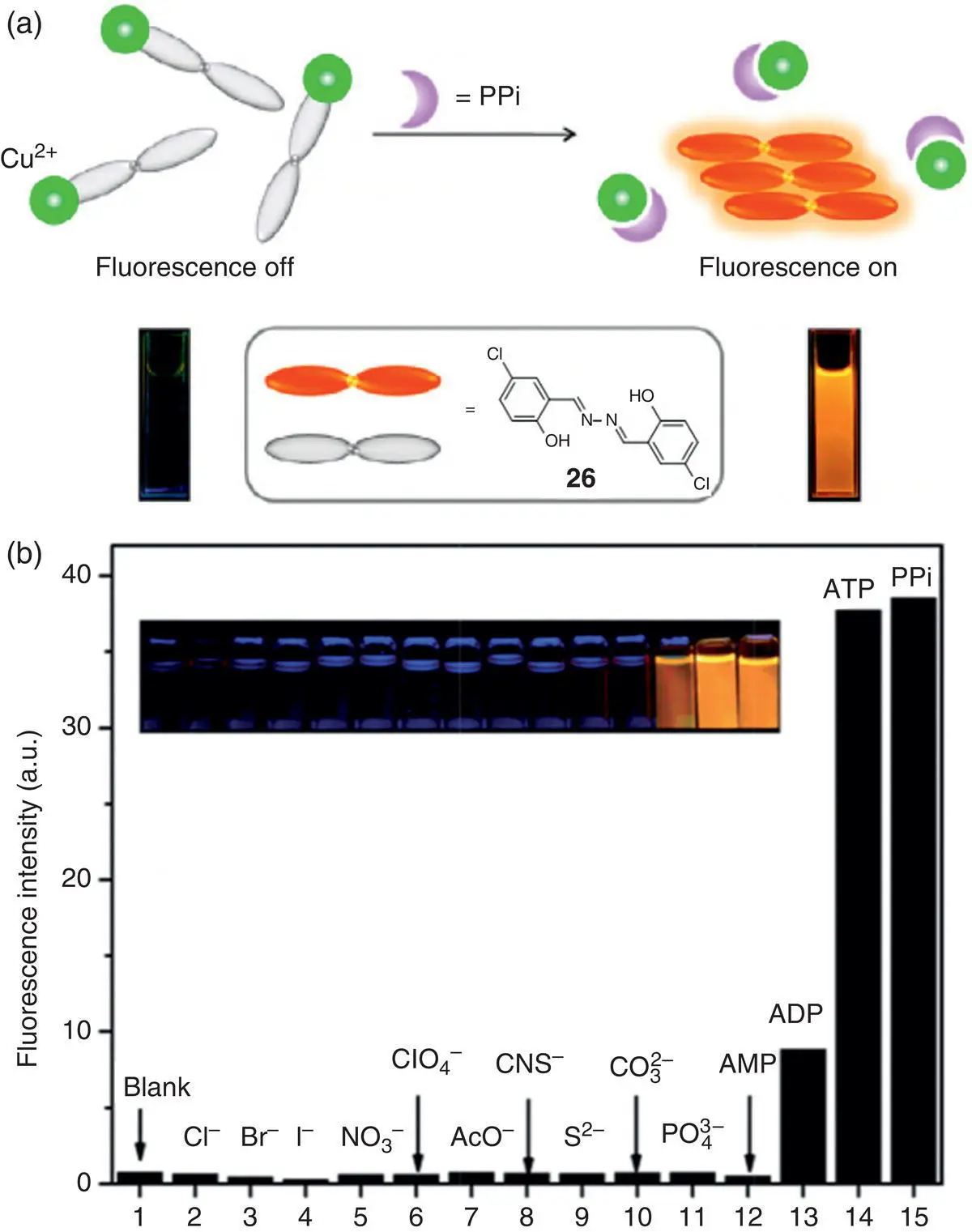
Figure 3.14 (a) Schematic illustration of the PPi detection mechanism of 26copper(II) complex. (b) Fluorescent intensity response at 570 nm of 26copper(II) complex with different anions in a 20% DMSO aqueous solution.
Source: Reprinted from Ref. [39] (Copyright 2015 Royal Society of Chemistry).
Cysteine (Cys) as one of the abundantly existing amino acids plays an indispensable role in physiological activities such as metabolism in complex biological organisms. However, how to improve the selectivity of the probe for cysteine and effectively distinguish it from homocysteine and glutathione in actual detection is a challenge for the fluorescence detection of Cys. Tong et al. reported an SSB‐based fluorescence turn‐on probe 27for the detection of cysteine over homocysteine and glutathione [40]. As represented in Figure 3.15a, the cyclization reaction between Cys and the acryloyl ester on 27results in the following hydrolyzation of 27to produce SSB fluorophore with both AIE and ESIPT. Due to the selectivity of the cyclization reaction efficiency, this method is more selective for cysteine than for homocysteine and glutathione. The linear range of cysteine detection in the buffer is 0.5–30 μM, and the detection limit is 0.46 μM. This method was also applied for the effective quantitation of Cys in FBS.

Figure 3.15 (a) Cyclization reaction of 27with Cys followed by hydrolysis to give the final SSB fluorophore. (b) Fluorescence spectra of 27in the presence of different amounts of Cys in PBS buffer. Inset: photographs of 27before and after the addition of Cys under a 365‐nm UV lamp and the fluorescence intensity at 558 nm as a function of Cys concentration. (c) Fluorescence intensity of 27in the presence of Cys, Hcy, GSH, and other amino acids.
Source: Reprinted from Ref. [40] (Copyright 2015 Royal Society of Chemistry).
The detection and quantification of biological macromolecules including proteins, enzymes, and polysaccharides are of crucial importance to life science, biotechnology, as well as health care of human beings such as clinical diagnostic examinations and treatment monitoring. Taking advantage of the AIE and ESIPT effects, diverse sensing systems based on SSB fluorophores were facilely set up. Tong's group has established fluorescent SSB probes for the detection of proteins and enzymes with large Stokes shift in the past decade. For instance, Figure 3.16a demonstrates a noncovalently labeled fluorescence turn‐on detection method specifically to a highly cationic protein, protamine [42]. When the pH of the solution was at 9.16, probe 28dissolved well in water due to the dissociation of the carboxyl group and thus exhibited extreme weak fluorescence. Adding protamine to the solution formed 28‐protamine aggregates based on electrostatic interactions, and the protamine concentration was measured by detecting the fluorescence enhancement signal of the aggregates ( Figure 3.16b, c). The detection limit was as low as 43 ng/ml. The probe was also employed to study the electrostatic association between protamine and heparin.
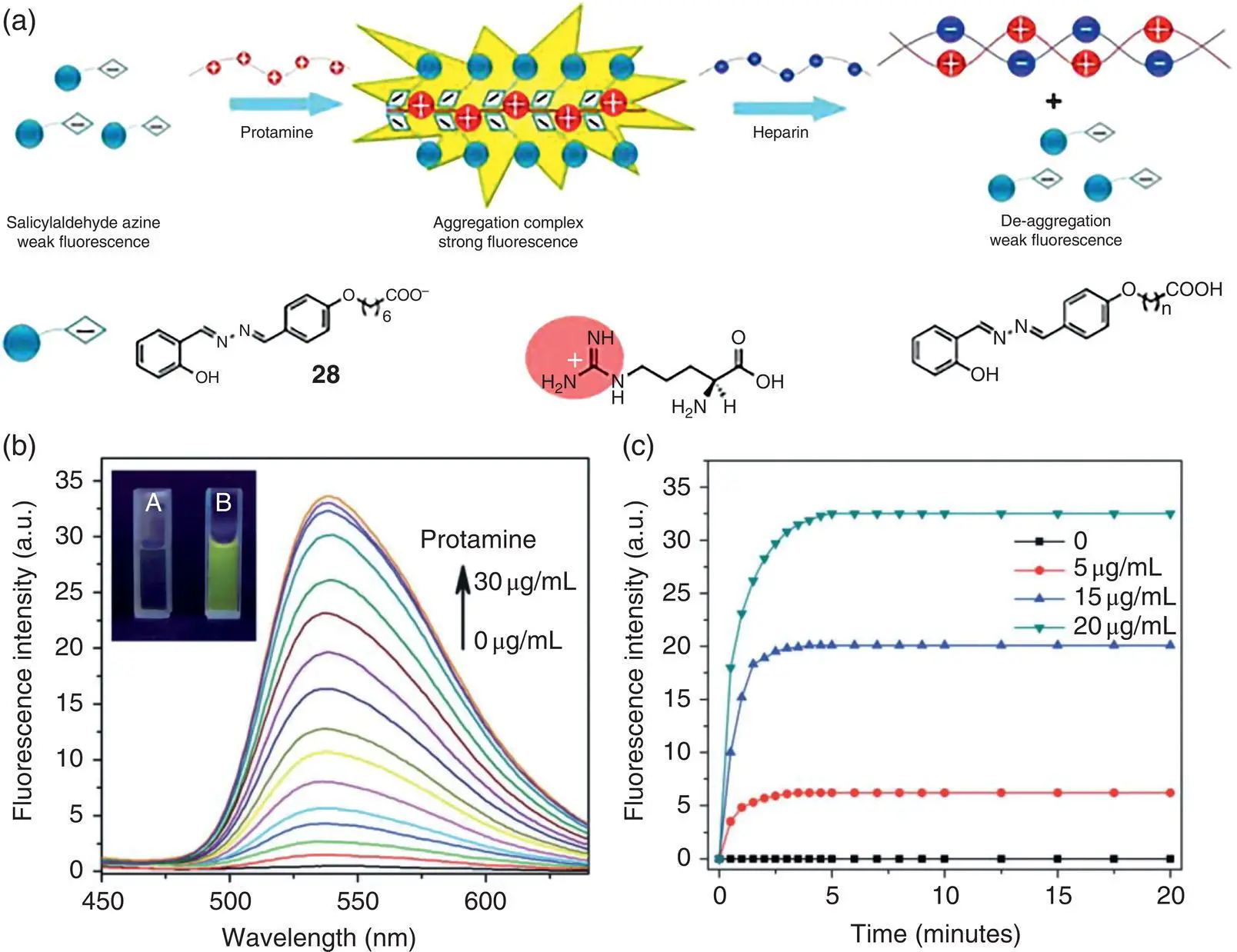
Figure 3.16 (a) Design principle of the fluorescence turn‐on detection of protamine based on AIE characteristics of 28and its application in detecting the interaction between protamine and heparin. (b) Fluorescence spectra of 28in the presence of different amounts of protamine (from 0 to 30 mM). The inset shows the photographs of the solution of 28in the absence (a) and presence (b) of protamine under a 365‐nm UV light. (c) Kinetic behavior of the fluorescence intensity (peaks in fluorescence spectra) of 28with the addition of different amounts of protamine.
Читать дальше
